#Cavalry swords
Text
youtube
Great video by Pin & swords on the French Year IX and XI light cavalry sabres.
16 notes
·
View notes
Text
What an amazing find! Marvellous that they can be identified under all that rust.
30 notes
·
View notes
Text


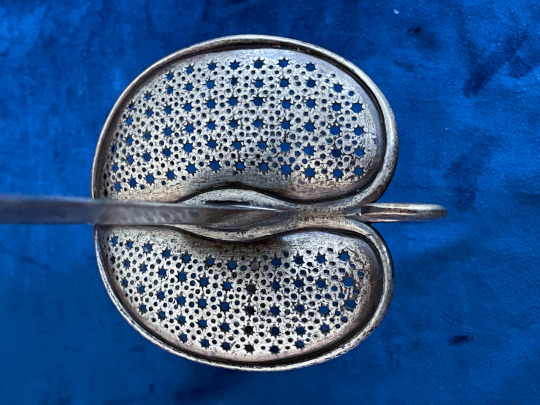

17th Century 'Walloon' Sword.
While I've shown this sword before, I've held back from making a dedicated post while I attempted to researched it further. Unfortunately, there just isn't enough information available to come to any definitive conclusions and we are left to speculate based on snippets of information and clues we find in the objects themselves.
This style of sword is typically described and the 'Amsterdam town guard sword.' And is a sub-class of the broader 'Walloon' sword.
Calling these 'Walloon swords' is another modern collectors' practice of convenience which is believed to have originated with the French cavalry sword; 'Epee Wallone' which was in service from the late 17th to the middle of the 18th Century.
Walloon swords are believed to have originated in the German states of the Holy Roman Empire during the time of the Thirty Years War. They are identified by the asymmetrical disk shaped guards, solid knuckle guard with two of more side branches. The guards can be solid and decorated with grotesque faces, animals or plant motifs, or they can be perforated. Typically they will have a thumb-ring attached on the left underside of the guard. Blades can be either double or single edged.
The 'Amsterdam' Walloon sword, named because of the Amsterdam Coat of Arms invariably found stamped into the ricasso, is a very distinct sub-type that features a perforated asymmetrical disk guard decorated with pierced suns surrounded by moons. It is finished by a short upturned rear quillon. They have a single knuckle bow which is fixed to the ball pommel by a screw and a thumb-ring on the left side that extends out to the edge of the guard. The grip is wrapped with wire and finished at both ends with a 'Turks head' knot. The blades are long, double edged with a single fuller at the base. They are invariably stamped with triple Xs under a crown Coat of Arms for Amsterdam. The surviving examples are very uniform for this period in time, making it is possible that this was the first European pattern sword produced.
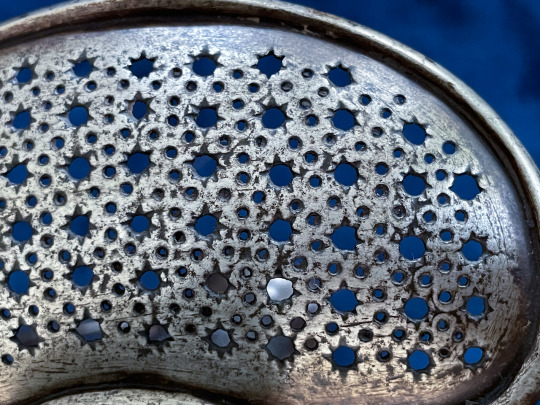

While the link to Amsterdam is clear in the markings, it is unlikely that this type of sword was issued to the cities guard or militia. The number of surviving examples indicate that these were made in too large quantities to have been issued to a small localised force.
During the 17th Century, The Netherlands was a republic of seven provinces. And rather than a standing national army, each province would have supplied and maintained their own levies in times of war. One possibility is that these swords were supplied to the cavalry of the Province of Holland, of which Amsterdam was the economic capital.
Another theory is that the French experience of 'Walloon' swords, encountered during their war with the Dutch in 1672 to 1673. Dissatisfied with their current cavalry swords, French King Louis XIV ordered that his cavalry be equipped with a new sword of the 'Walloon' type. This is discussed in an article in the French magazine Gazette des Armes.
However that doesn't explain the presence of the Amsterdam Coat of Arms on these swords. Then again, Amsterdam was a major mercantile center for Europe, and it is possible that the French order was brokered by Dutch merchants who placed their mark on the blades when they arrived from Solingen.
It should also be noted that the Amsterdam mark is often accompanied by the Solingen blade smiths' own mark. On this sword the makers mark is mostly obscured by the guard, but you can just make out the top of a crown at the ricasso (the horizontal stamp is another verson of the Dutch markings).
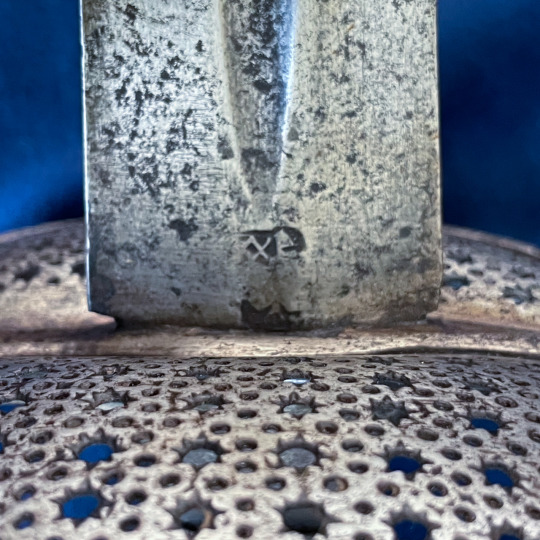
In the hand, this is a beast of a sword, the grip and guard are large to accommodate gloves and the blade is very long, suitable for fighting from horseback. But despite its' proportions, it is not a heavy or unwieldy sword.
Stats:
Overall Length - 1,080 mm
Blade Length - 920 mm
Point of Balance - 120 mm
Grip Length - 145 mm
Inside Grip Length - 120 mm
Weight - 990 grams
181 notes
·
View notes
Text

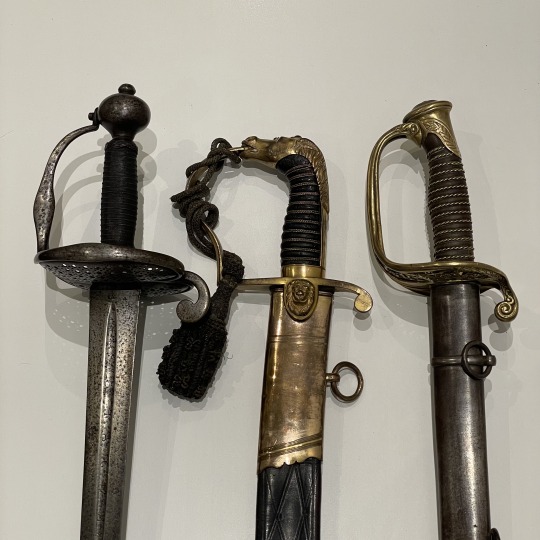
New sword day.
Covering a number of centuries here;
Dutch Walloon hilt cavalry sword circa 1650 - 1700.
British 1796 light cavalry style officers sabre with horse-head pommel circa 1800
French m1845 infantry officers sabre circa 1850 - 1880 (not my area of expertise so feel free to correct me there).

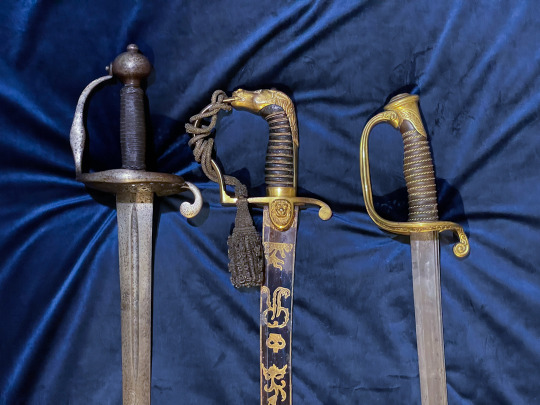

#swords#Sabres#Cavalry swords#17th Century#18th Century#19th Century#British Army#French Army#Antiques#Infantry officers
117 notes
·
View notes